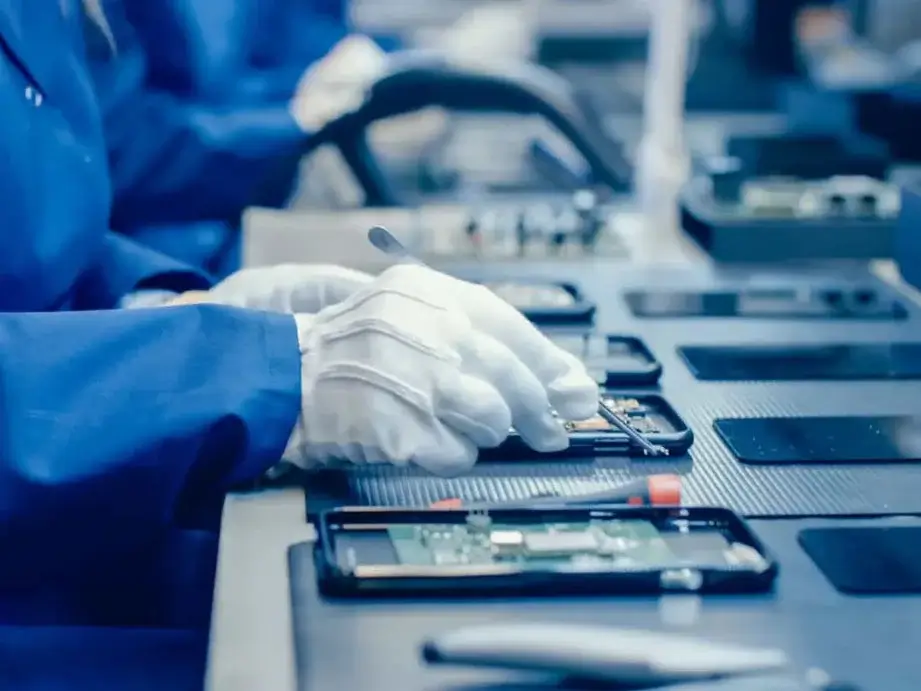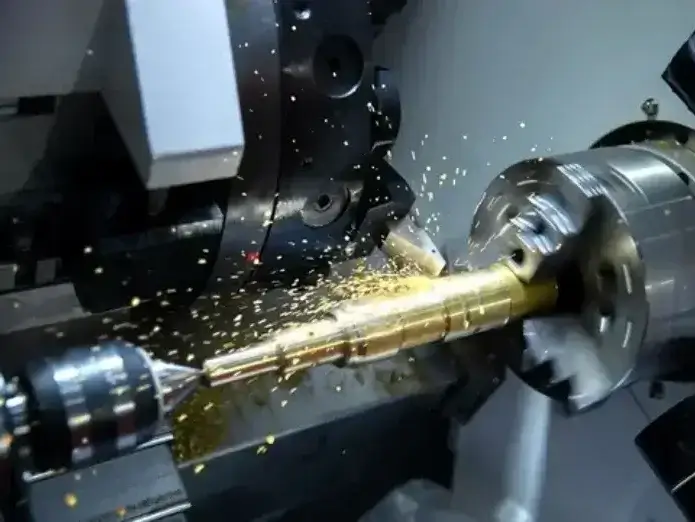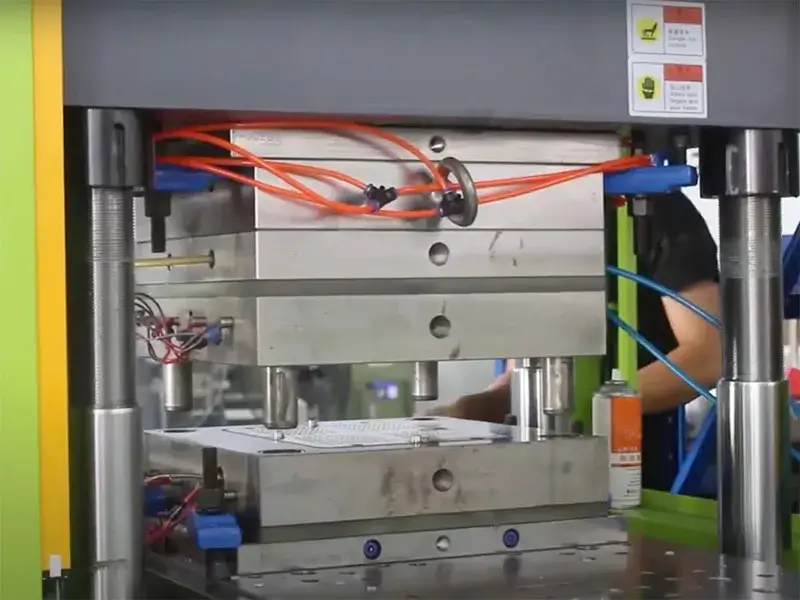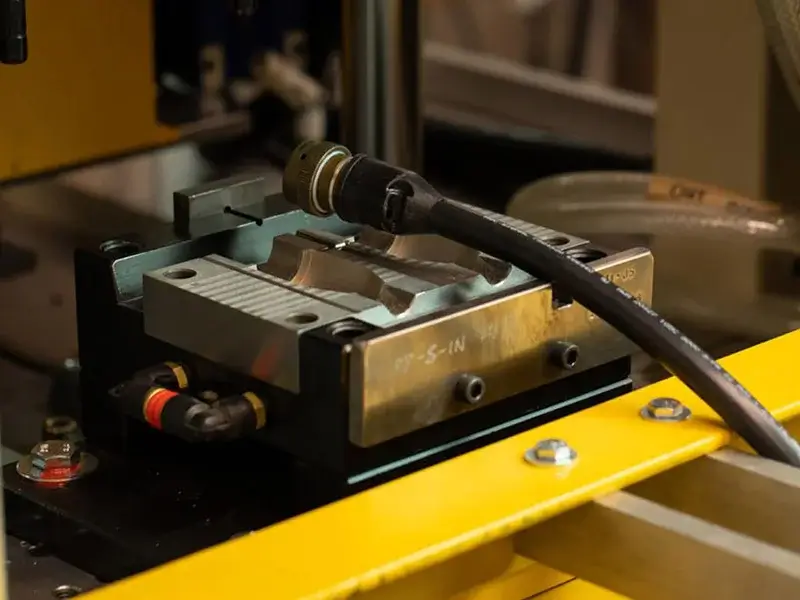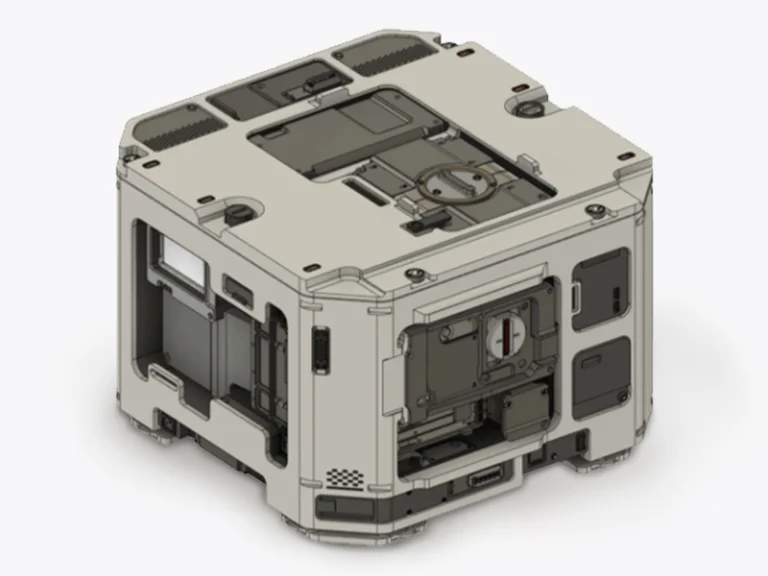Automotive Prototyping & Manufacturing
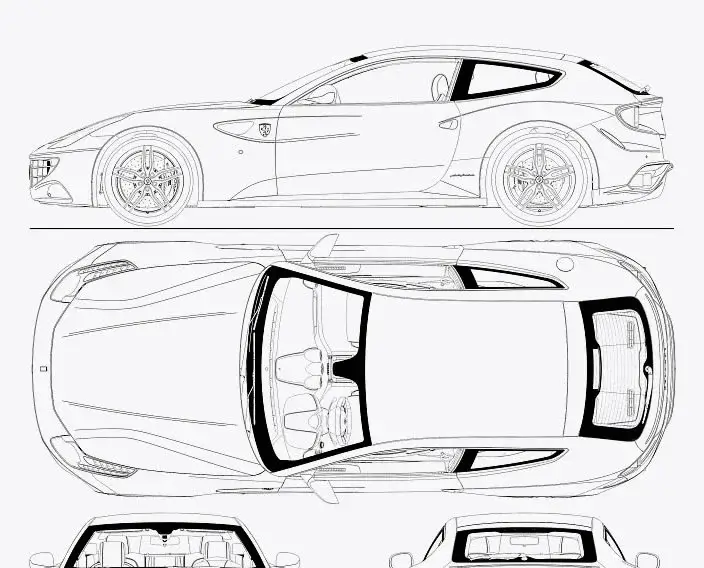
Why Do Automotive Companies Use Jiangzhi
Supply Chain Flexibility
ISO Certified
Strong Production Capacity
Range of Service
Skilled and Experienced
What Materials Work Best for Automotive Parts
Polycarbonate (PC):
Known for its impact resistance and clarity, making it suitable for headlights and transparent components.
Acrylonitrile Butadiene Styrene (ABS):
Provides a good balance of strength and affordability, often used for interior components.
Polypropylene (PP):
Offers excellent chemical resistance and is lightweight, commonly used in automotive bumpers and interior parts.
Polyethylene (PE):
Known for its flexibility and impact resistance, used in various automotive applications.
Polyoxymethylene (POM):
Provides high stiffness and low friction, suitable for precision components like gears and switches.
Nylon (Polyamide):
Known for its strength, heat resistance, and flexibility, used in various automotive parts.
Polyurethane (PU):
Offers excellent abrasion resistance and flexibility, used for seals, gaskets, and suspension components.
Thermoplastic Elastomers (TPE):
Combines characteristics of rubber and plastic, used for flexible components like seals and gaskets.
Auto Parts Processing Service
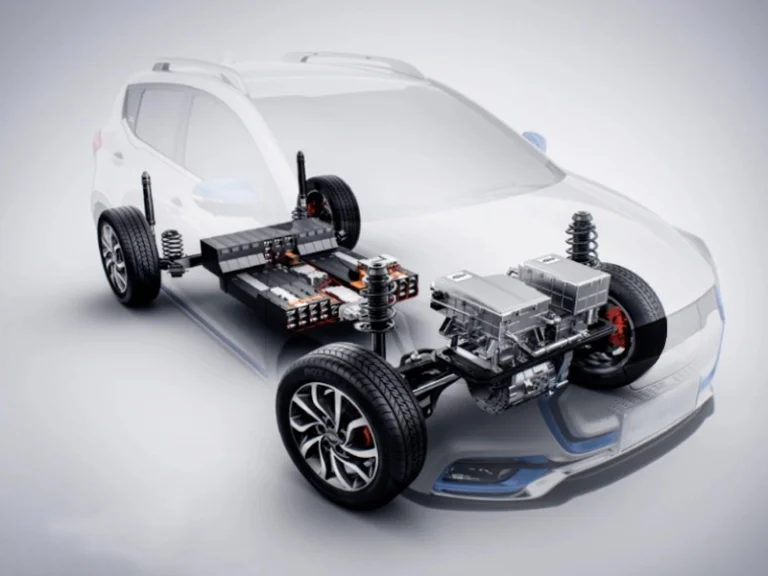
Trusted by Engineers at Automtoive Companies
Navigating Automotive Manufacturing Challenges with Precision
- Automotive Manufacturers
- Automotive Designers and Engineers
- Aftermarket Parts Suppliers
- OEM Suppliers
- Custom Car Builders
- Prototype Developers
- Auto Parts Retailers
Common Automotive Parts
Discover a comprehensive range of rubber and plastic components meticulously engineered for peak performance in modern automobiles. From seals to panels, these materials play a vital role in ensuring safety, durability, and functionality on the road.
- Rubber Seals and Gaskets
- Plastic Dashboard Panels
- Plastic Bumpers and Body Panels
- Rubber O-rings and Sealing Rings
- Rubber Grommets and Plugs
- Plastic Cable Insulation
- Plastic Fuel Tanks
- Plastic Air Intake Components
- Plastic and Rubber Belts
- Rubber Boots for CV Joints
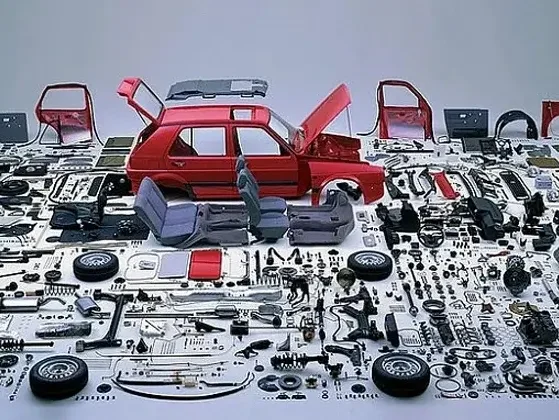
Contract Manufacturing Solution

Mold & Tooling Service
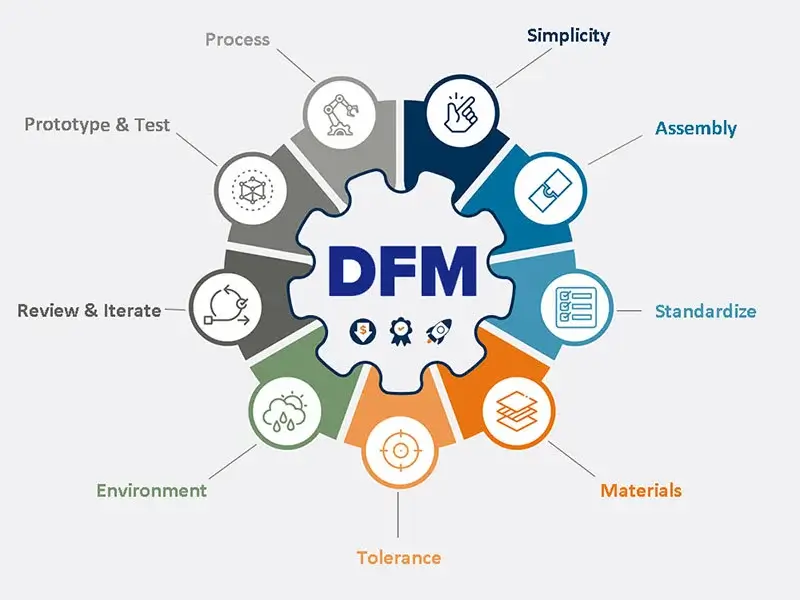
Design for Manufacturability

Surface Finishing
